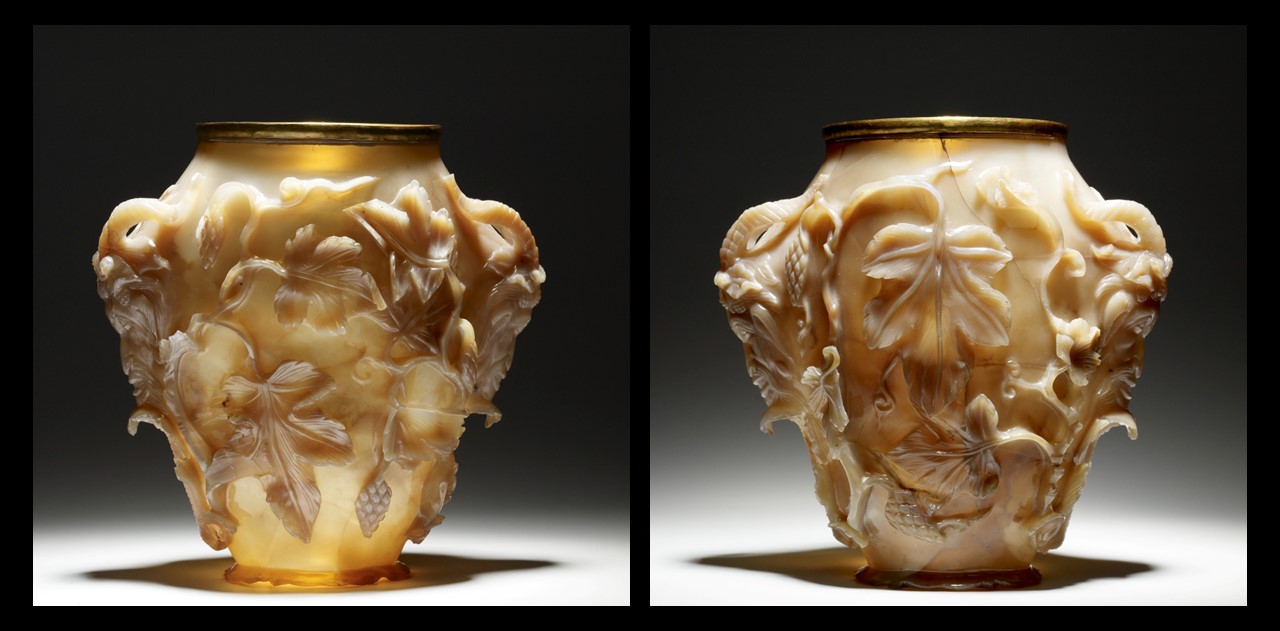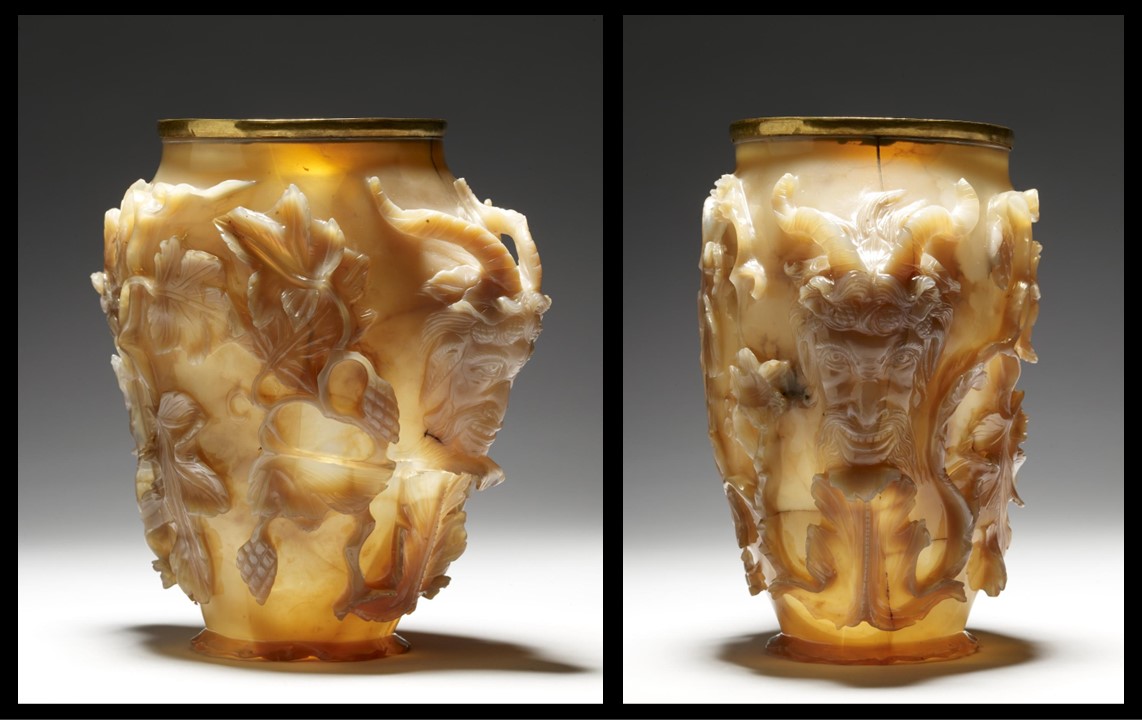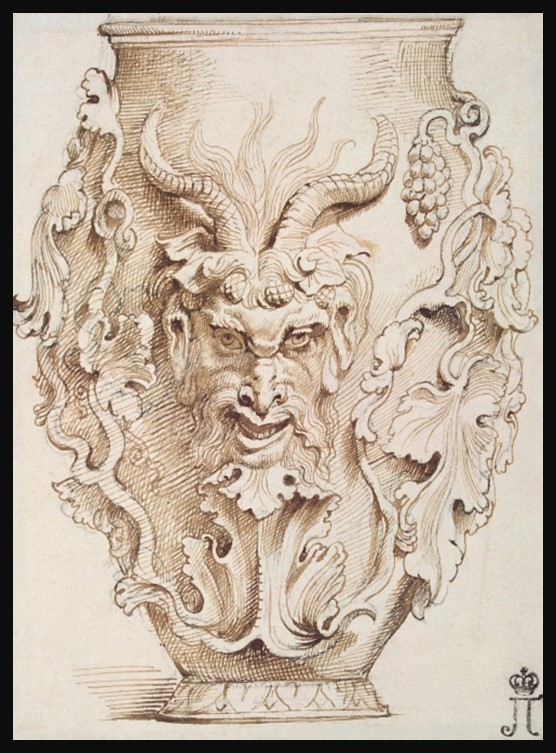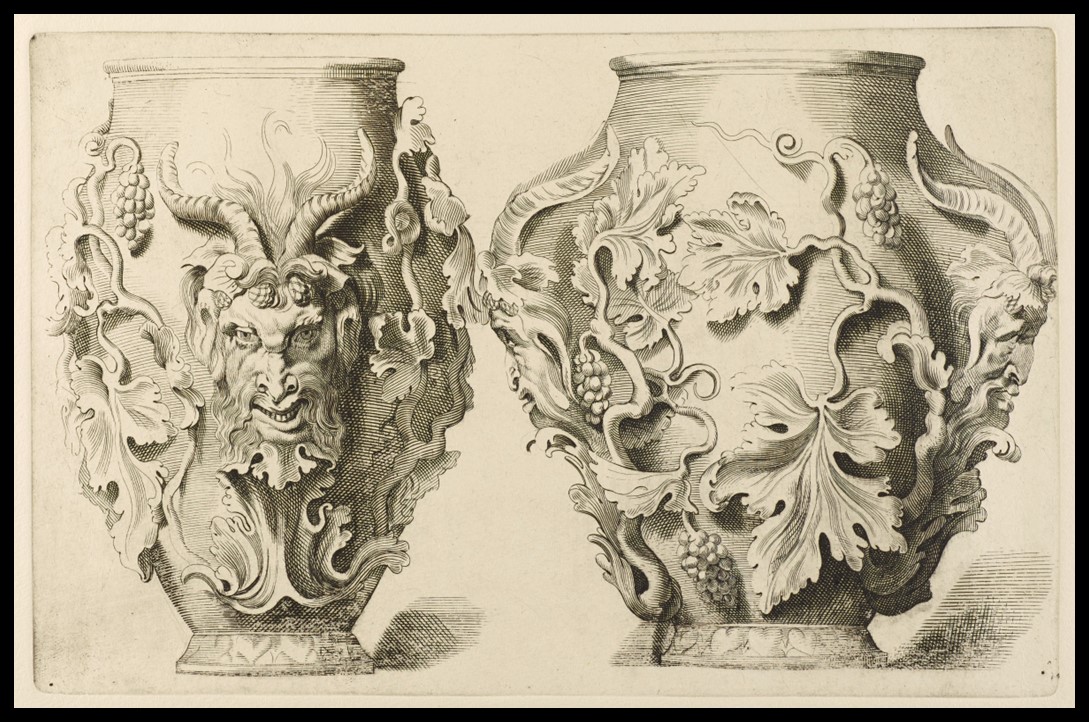
‘…nothing has ever delighted me more than gems…’ Rubens wrote to his friend and antiquarian Nicolas-Claude Fabri de Peiresc, and I think of The so-called ‘Rubens Vase’ in the Walters Art Gallery, in Baltimore. https://www.jstor.org/stable/879678 The Burlington Magazine, Vol. 121, No. 916 (Jul. 1979), pp. 424+426-432 (8 pages)
Peter Paul Rubens (1577–1640) was a renowned Flemish Baroque painter, known for his masterful use of colour, dynamic compositions, and his contributions to the Counter-Reformation. What is lesser known is his passion for collecting ‘gems’ and antique ‘curiosities’. Known as a man of wide interests, the artist, described by Pierre Cassendi as a most experienced connoisseur of all antiquities, but most of all of cameos… was known to exchange his artworks for precious gems, and in his own words, never miss the opportunity to become familiar with antiquities and buy rarities that he paid cash. https://www.jstor.org/stable/879678

Rubens’s diverse collection encompassed classical sculptures, coins, medals, manuscripts, and paintings, reflecting a deep fascination with the world of art. Rubens’ interest in antiquities extended beyond mere aesthetics, as he sought to surround himself with artefacts that not only inspired his artistic endeavours but also fueled his scholarly curiosity about ancient history and civilization. His “cabinet of curiosities” served as a testament to his intellectual pursuits, creating a space where the convergence of art, literature, and science fostered learning and reflection. Rubens’ collaborations with other collectors, such as Archduke Leopold Wilhelm of Austria, and his active engagement in the cultural and intellectual circles of his time further solidified his legacy as a multifaceted figure in the rich tapestry of the Baroque period.
Among the artist’s many treasures is The so-called ‘Rubens Vase’, currently in the Walters Art Gallery. According to the Museum experts, this amazing piece was most probably created in high relief from a single piece of agate, in the imperial workshops of Constantinople for an unknown Byzantine Emperor. It made its way to France, probably carried off as treasure after the sack of Constantinople in 1204 during the Fourth Crusade, where it passed through the hands of some of the most renowned collectors of western Europe, including the Dukes of Anjou and King Charles V of France. In 1619, the vase was purchased by the great Flemish painter Peter Paul Rubens in Paris, at the Saint-Germaine Fair for the considerable price of 2,000 scudi. Rubens was so excited about his purchase, that he created a drawing of his agate vase, which is currently in the collection of the Hermitage Museum, in Saint Petersburg. https://art.thewalters.org/detail/10284/the-rubens-vase/

The Rubens Vase, before 1626, Paper, pen and brush and brown wash-over sketch in black chalk, 201×148 cm, The State Hermitage Museum, Russia https://www.hermitagemuseum.org/wps/portal/hermitage/digital-collection/02.+drawings/248654

The Rubens Vase, about 1630, Etching, sheet: 39.5 × 53.3 cm, Birmingham Museum of Art, UK https://www.artsbma.org/collection/the-rubens-vase/
The Rubens Vase is an amazing work of art, an exquisite testament to craftsmanship — almost in perfect condition, ovoid in shape, with a finely turned rim veiled in a gold mount, flattened yet tapered to a flanged base. The vase’s handles, resembling knobs, bear the characteristics of Pan, his coarse features, drooping goat-like ears, moustache, and free-cut horns adding an intriguing dimension. As the heads of Pan rest on large acanthus leaves, and lively grapevines, with leaves, tendrils, and small fruit in high relief, playfully embrace the wider sides, the ‘Rubens Vase’ unfolds a captivating narrative in its design. The bottom, adorned with a low relief carving of a rosette, completes this masterpiece, leaving an indelible mark on the connoisseur’s imagination! https://www.jstor.org/stable/20168774?read-now=1&seq=2
For a Student Activity, please… Check HERE!